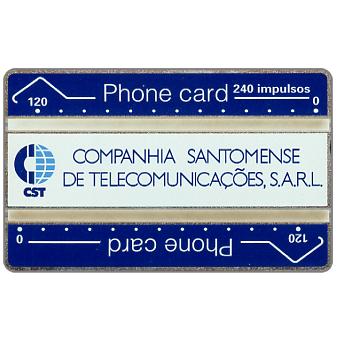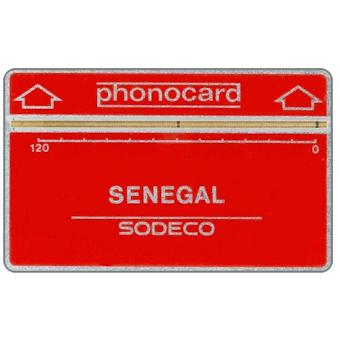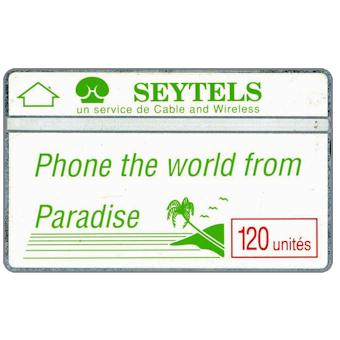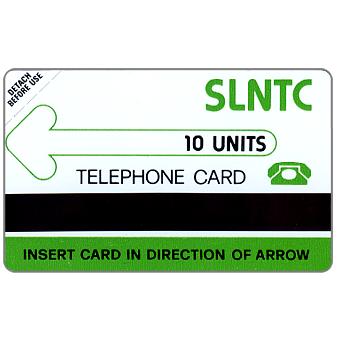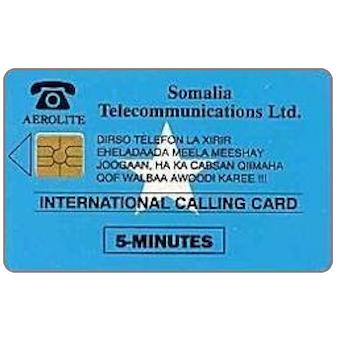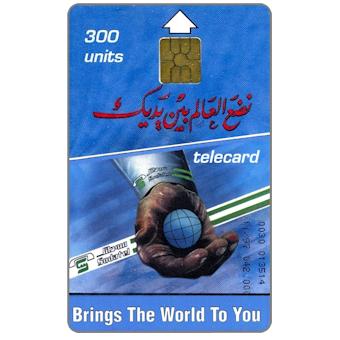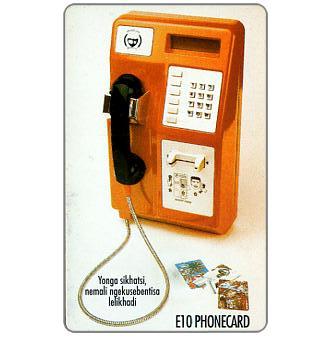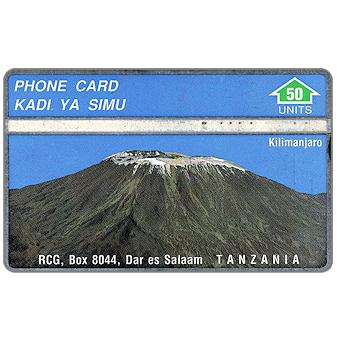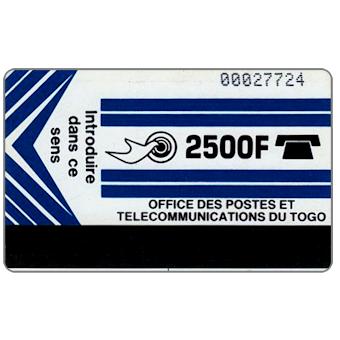This small Country, formed by the S.Tomé and Principe islands, is located in the Guinea Gulf, crossed by the Equator. The local telecommunications company began operating in 1990 and issued the first phonecard one year…
Senegal, 1985
The first card used in Senegal was a Landis & Gyr that was supplied to oil platform workers. The card, a red "Sodeco" of 120 units with the code "006 + 6 numbers" and optic…
Seychelles, 1989
Seychelles Telephones, a Cable and Wireless plc company, introduced Landis & Gyr telephones and cards around May, 1989. The two first card were two values: 120 and 240 units, both 4,000 issued with code 902D.…
Sierra Leone, 1990
The first cards of this country, provided by Urmet, were a series of three values used as a public trial: 10, 25 and 50 units, each one produced in 1,000 copies, but there are two…
Somalia, 1993
Little is known about Somali phone cards. In 1993, chip cards issued by Aerolite Somalia Telecommunications Ltd appeared in the collectibles market: the country had just come out of the civil war, and some private…
South Africa, 1993
Many systems and many types of cards have been tested in South Africa, both by Telkom, the national telephone company, and by other companies, such as Telkor, MTN, Transtel, Temsa, and others, making this an…
Sudan, 1997
The Sudatel company issued the first telephone card in 1997: it was a card with Gemplus GEM2 chip and a circulation of 42,000 copies. The 1998 calendar was printed on the back. Following this, other…
Swaziland, 1998
Cards with chips were issued by Swaziland P. & T. Corporation. The first two were a pair of values with expiration date 03/2000: E10, depicting a card phone, and E20, with the image of His…
Tanzania, 1992
Most collectors believe that the first issue of Tanzania dates back to 1993, with the pair of Landis & Gyr cards depicting Mount Kilimanjaro and code 302A. In reality it is not so, the two…
Togo, 1990
Before moving to the chip system, Togo used the magnetic card telephone system installed by Autelca for five years. In this period only two cards were issued, which exploited the design that had been adopted…



